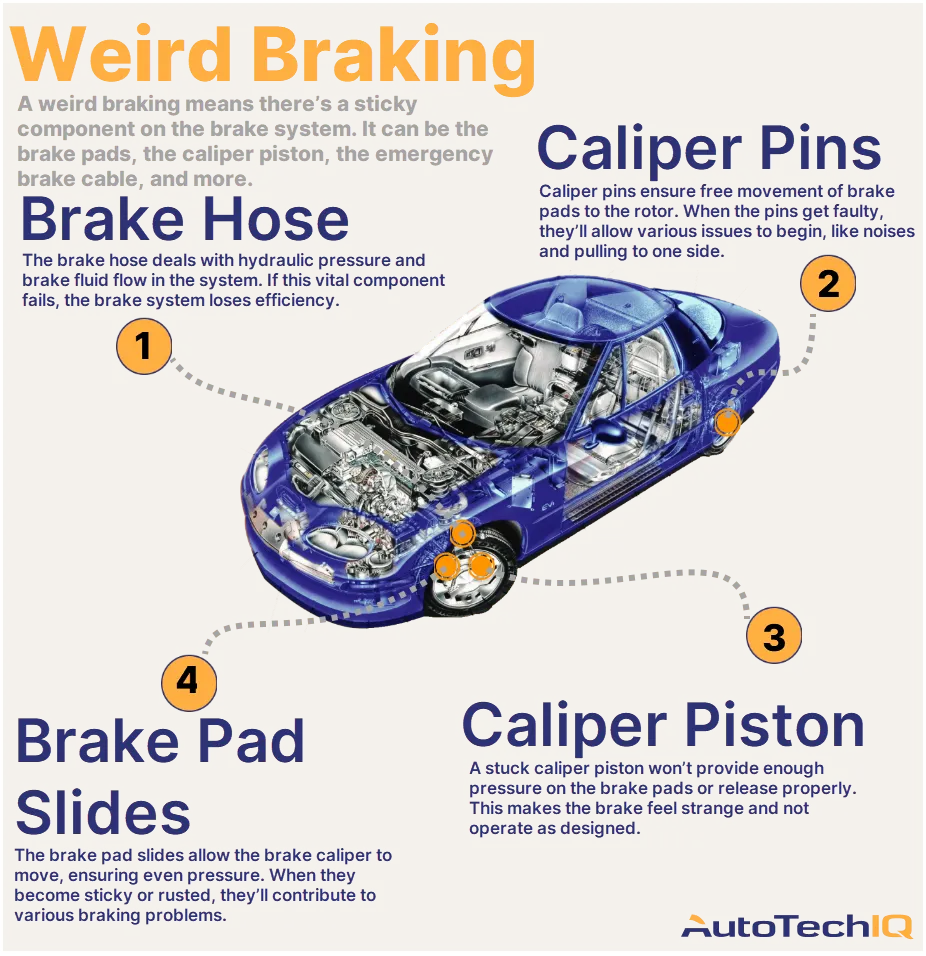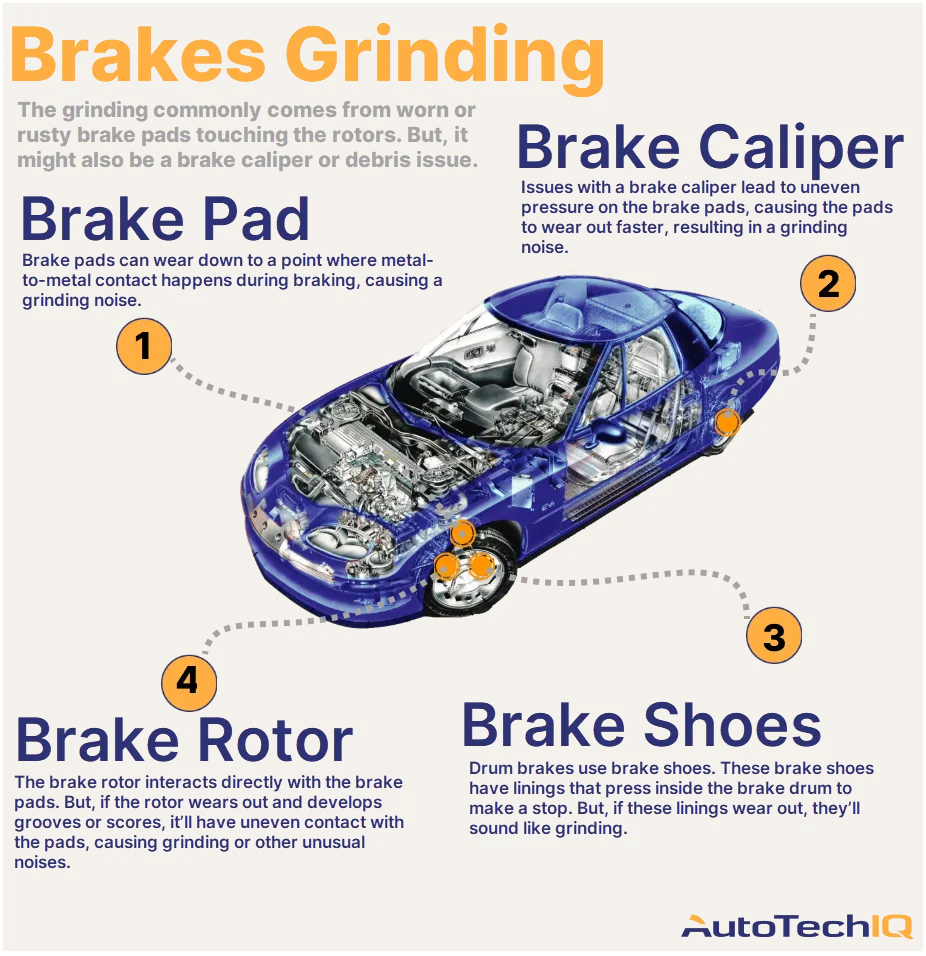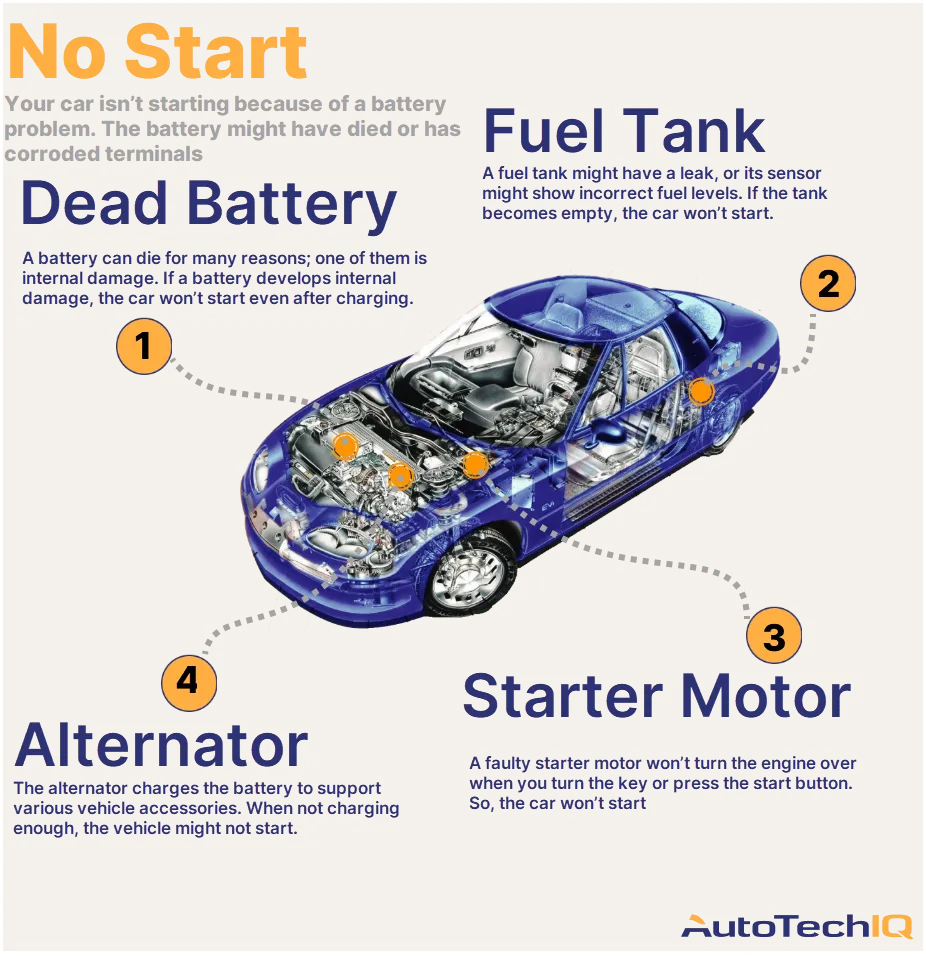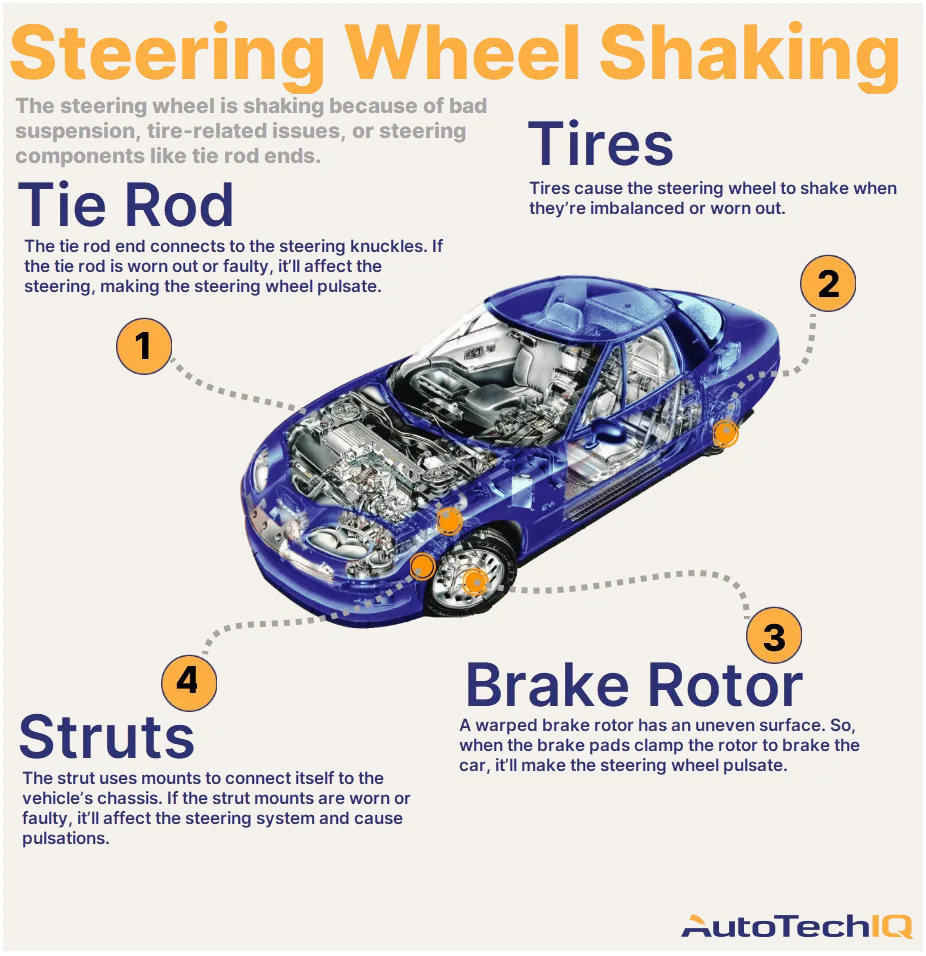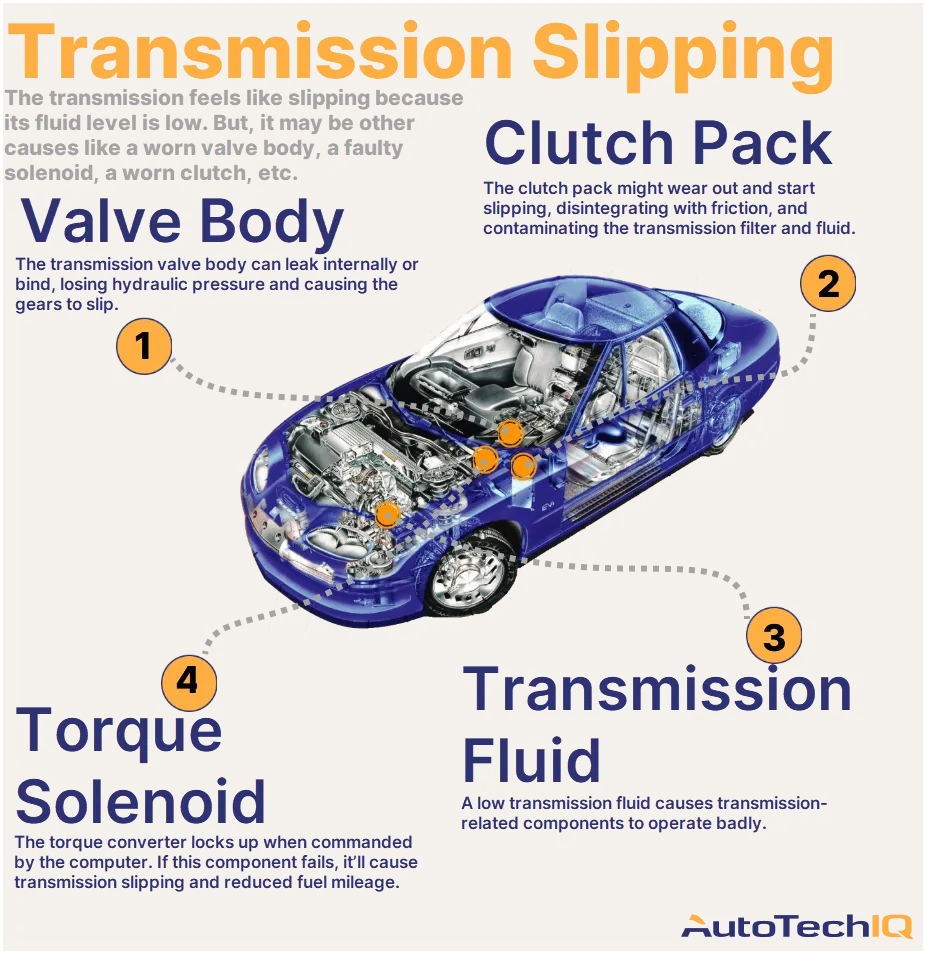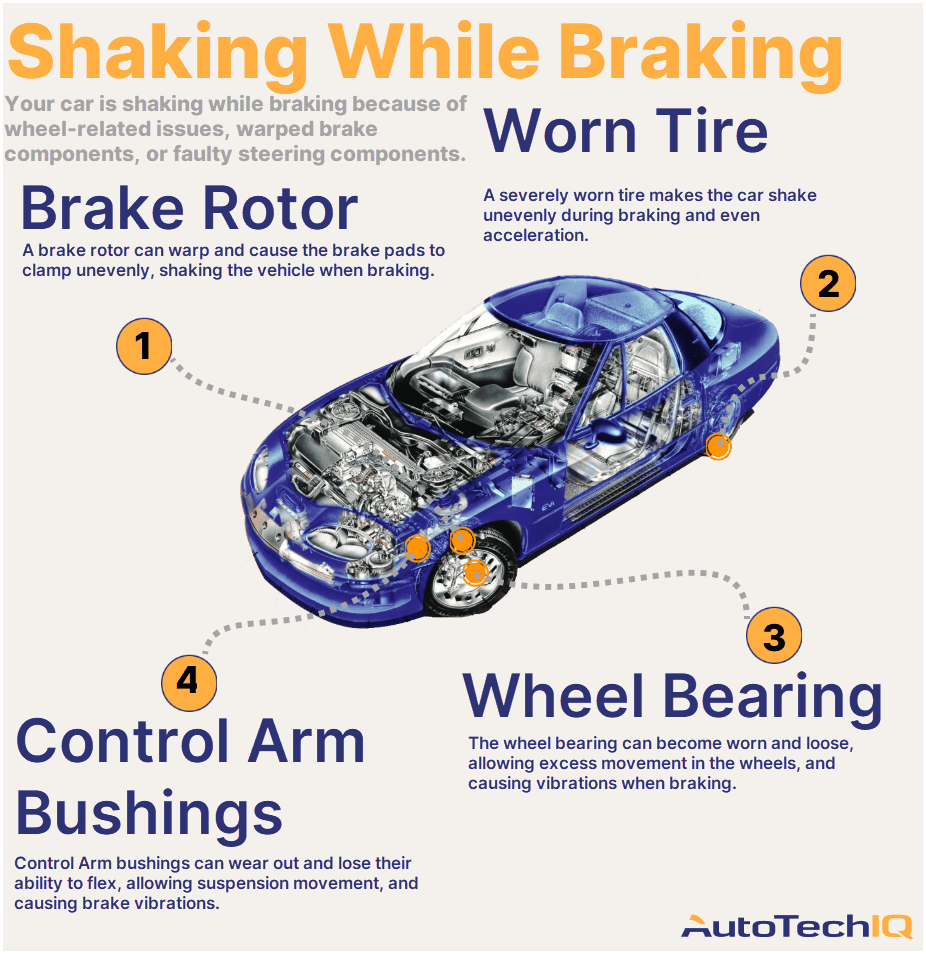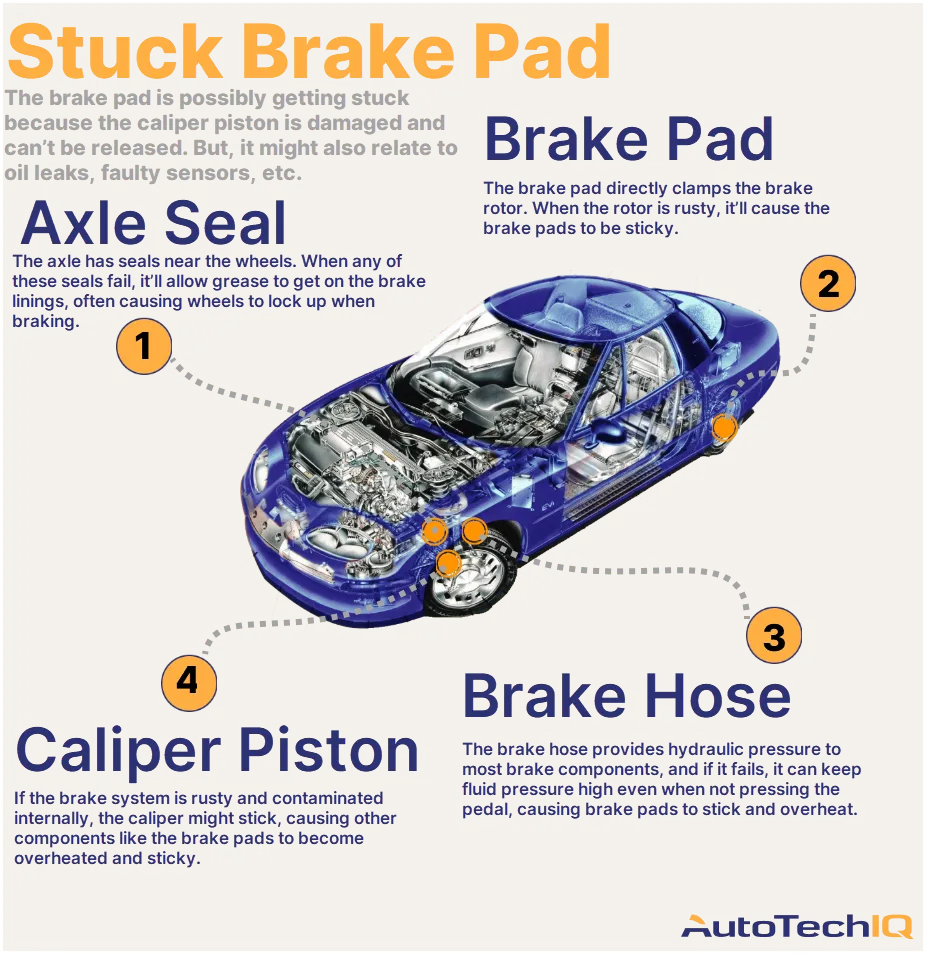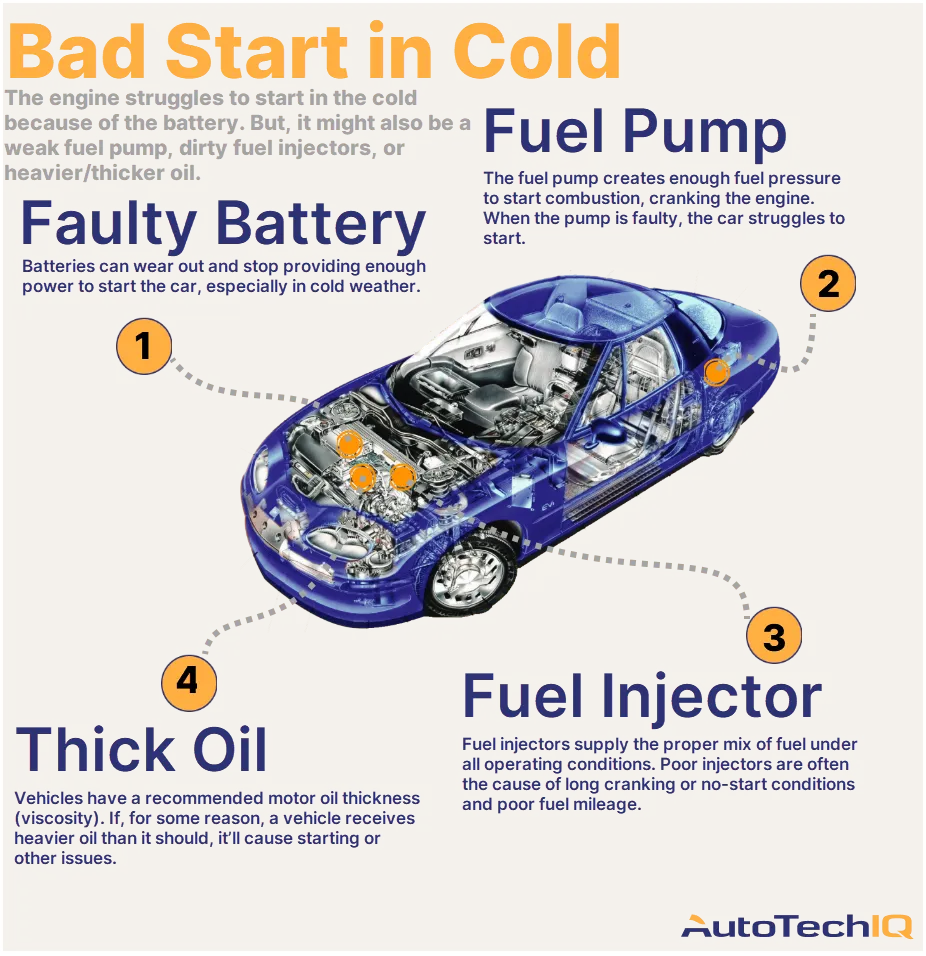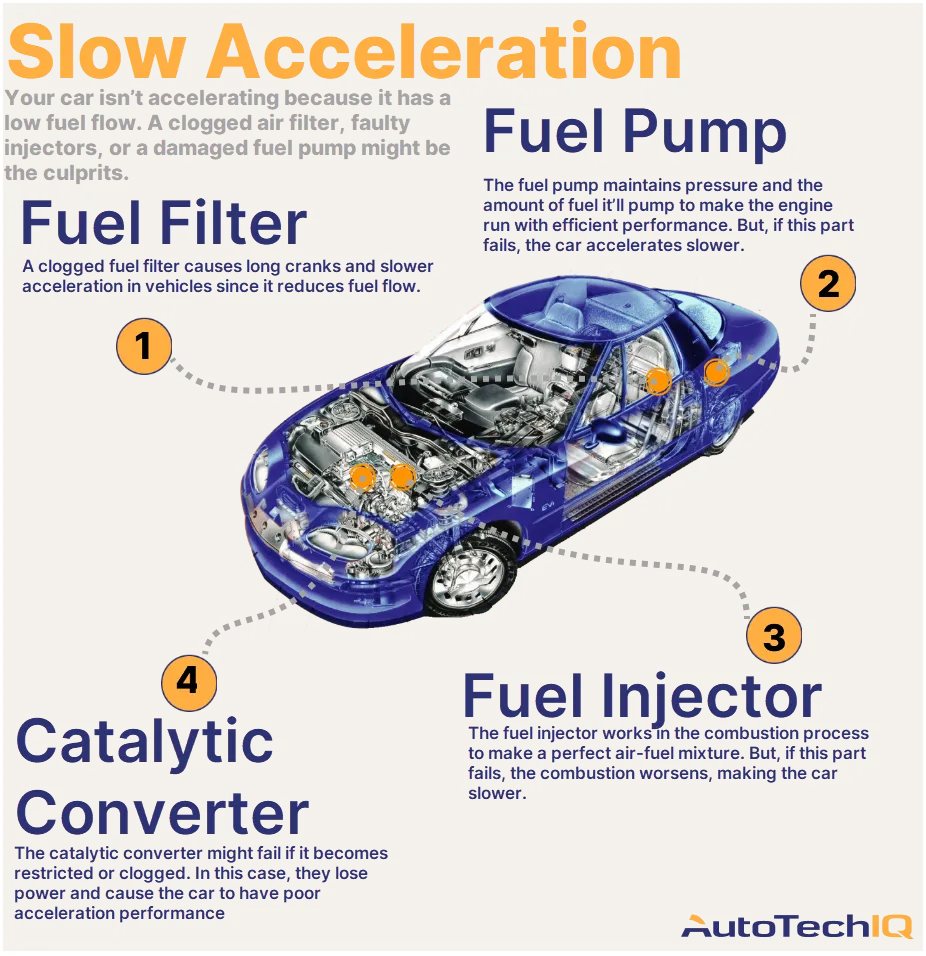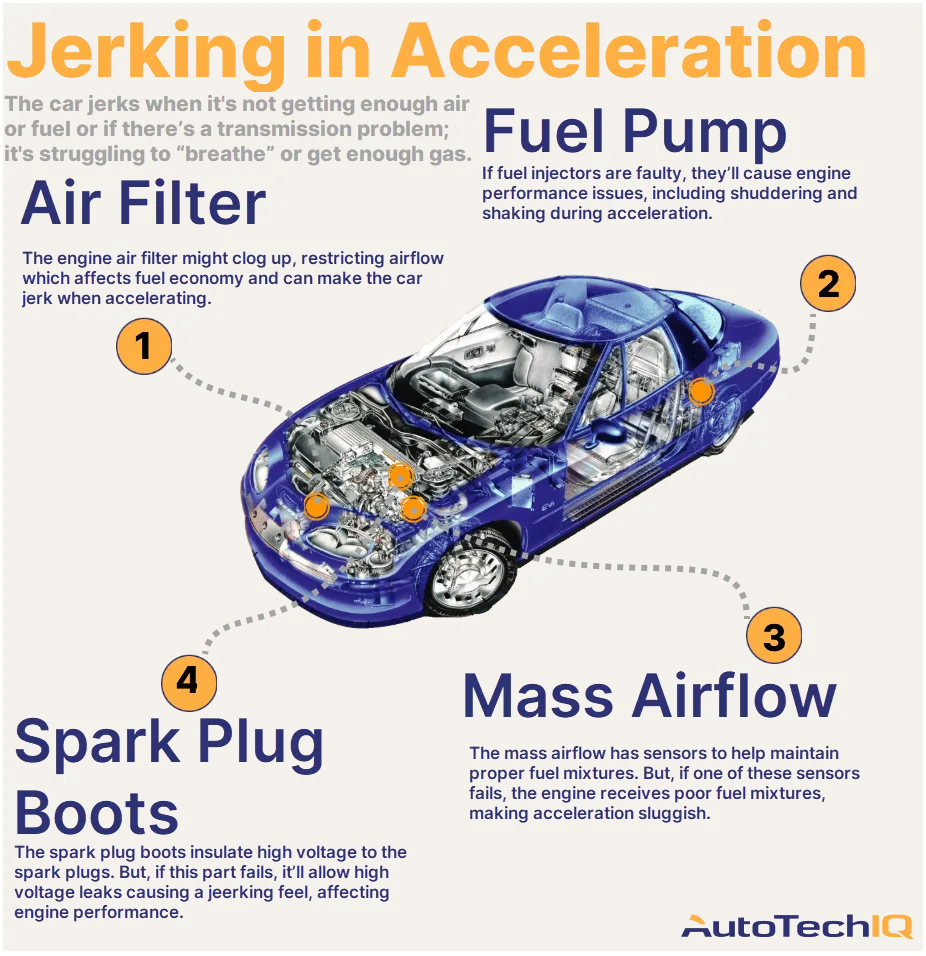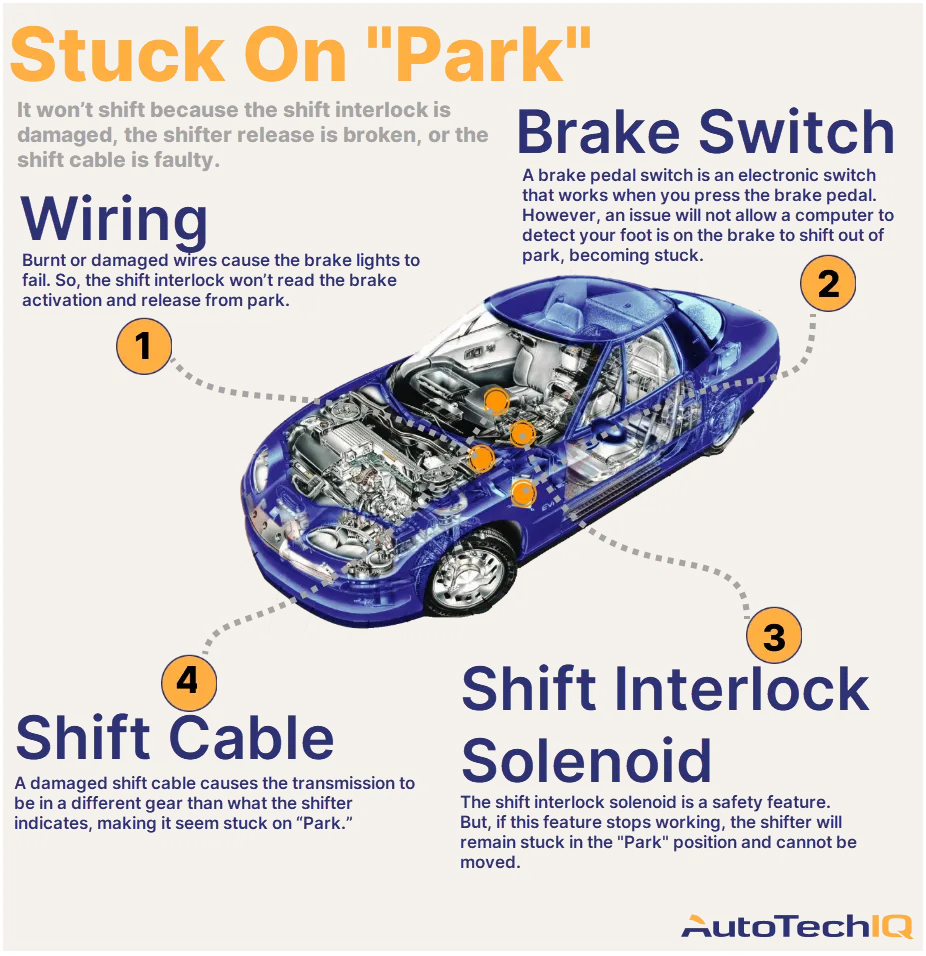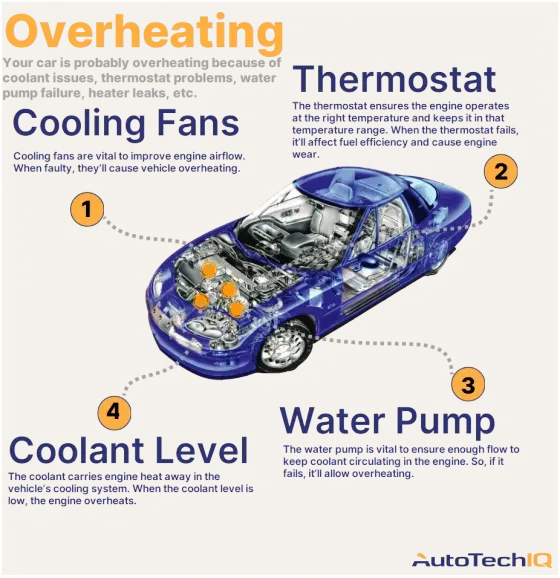
Is Your Car Overheating?
An overheating car sends obvious signs of danger: steam from the hood, foul smells, and the frightening sight of your thermometer in the red zone.
Automobiles are designed with the engine's cooling system to be effective. Engines run off flammable fuel, motioning various parts at incredible speeds. As a result, they generate tremendous heat in the process and need to be cooled to run safely.
Your vehicle has indicators to warn you of an overheating engine, like the engine temperature gauge symbols on your dashboard. Still, even the indicators won't run well if your car's cooling system is working badly.
Your vehicle's systems for regulating engine temperature include fans that run through the engine, the radiator, and the air conditioning system that vents into the interior. This means that engines overheat when heating or AC systems develop an internal temperature control problem.
Watch out: Several issues might lead to overheating, but they're all serious problems. First, overheating vehicles are flat-out unsafe to drive. Fortunately, there are resources at a technician's disposal to find the trouble's root cause.

